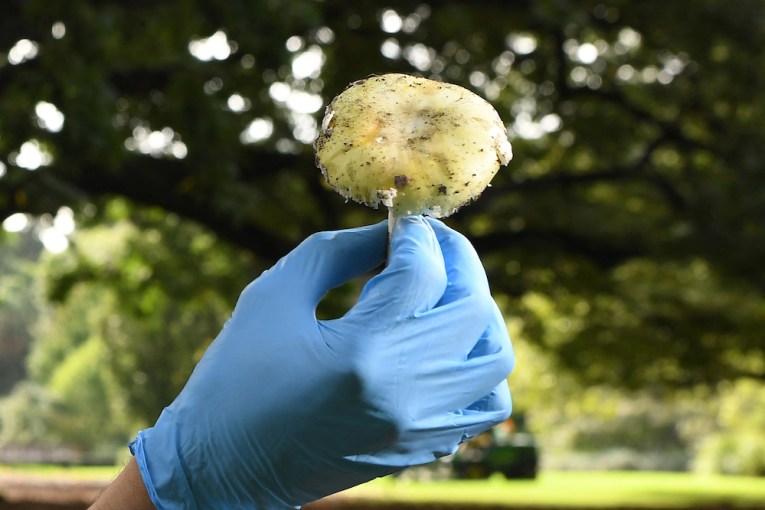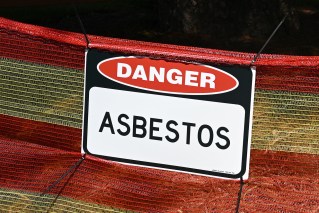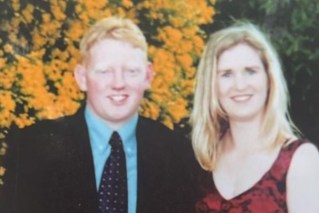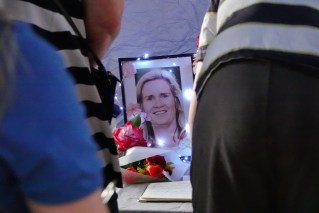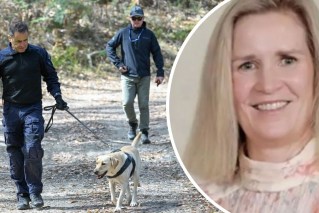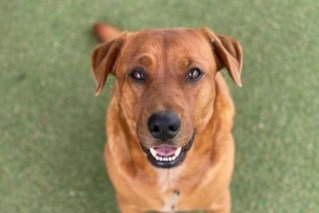Melbourne’s art island that’s hiding in plain sight
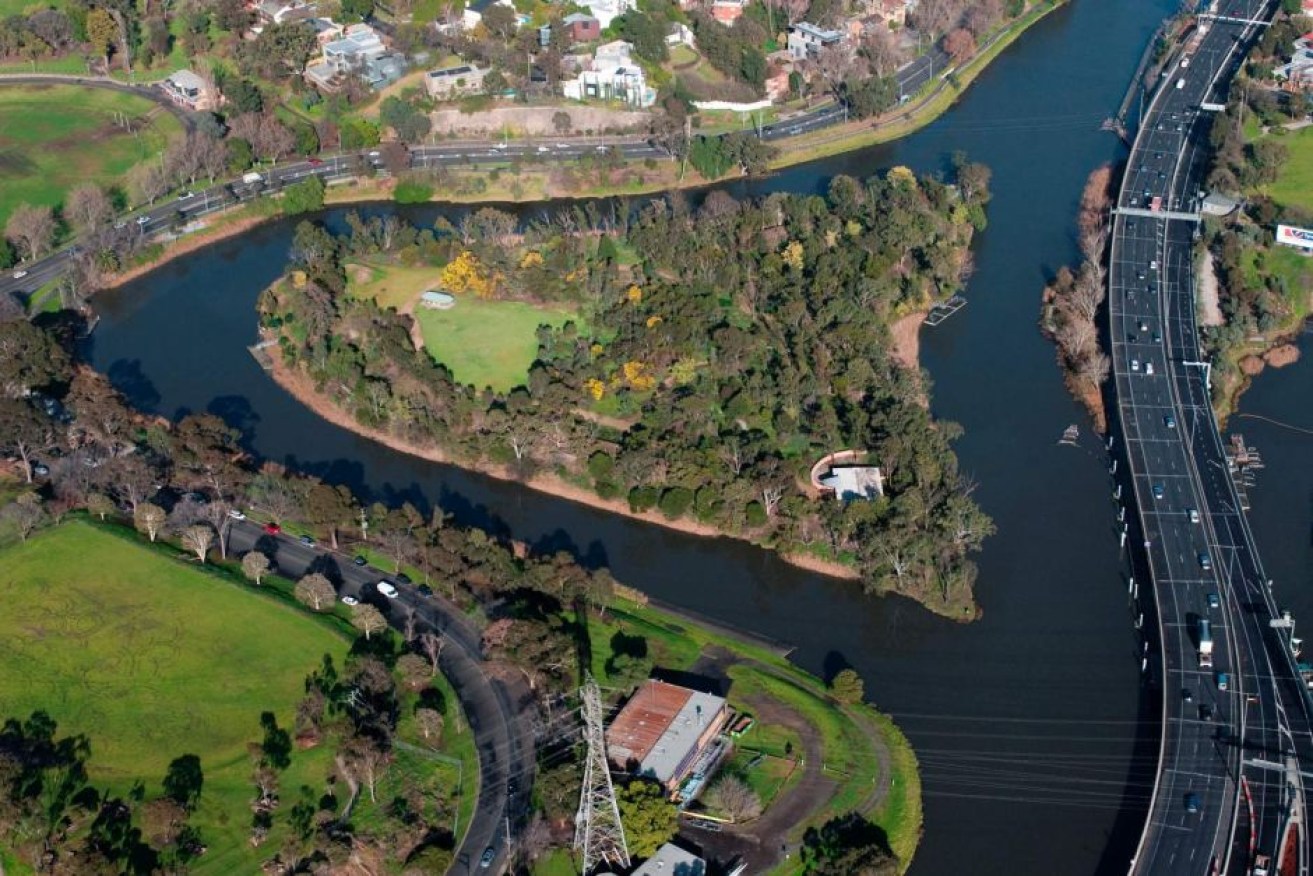
Thousands of motorists pass by Herring Island every day on their way into the Burnley Tunnel. Photo: Parks Victoria
Usually when people talk about a hidden arts space in Melbourne it’s off the main street, down a graffiti-covered laneway and through a doorway behind some rubbish bins.
This one is also off a main road, one of the city’s busiest toll roads in fact, but rather than walking down a grotty lane, you get there by taking a boat on the Yarra River.
Herring Island is an eight-acre bushland sculpture park, 3.5 kilometres from the CBD.
Most visitors catch the Parks Victoria punt which runs on weekends and public holidays from January to April, but kayakers have been known to stop by to use the free barbecues.
The artificial island is home to nine pieces of public art, and, barbecue shelters aside, its only permanent building is an art gallery.
Punt skipper Simon Fitzpatrick described the island as “Melbourne’s best-kept secret”, saying even people who pass it every day presume it’s just the other side of the river.
“Some people have stated they’ve lived in Melbourne 50 years and never knew it existed.”
Built from silt
Herring Island was originally known as Como Island when it was formed in 1928.
It was made when workers cut a channel through a Richmond bluestone quarry in a bid to stop the Yarra flooding houses and industries downstream.

Floods in 1934 inundated the Abbotsford Kodak factory. Photo: Museum Victoria
Six years later floods put much of the inner east under water and washed most of the island away.
Still, the new little island grew again, mainly due to it being a dumping ground for silt dredged from the river bed as flood mitigation efforts continued.
By the 1950s Como Island was substantial enough that the Boy Scouts moved in and built a hall.
They renamed the island after Lieutenant General Sir Edmund Herring (1892-1982), a Supreme Court chief justice and president of the national Scouts association.
The Scouts moved out in 1970 and there was talk of the island becoming a school, but instead it lay disused and covered with invasive weeds.
In the 1980s the Friends of Herring Island (FOHI) started removing the weeds and planting trees and shrubs native to the area, gradually transforming it into the bushy haven it is today.
“We have a work day on the first Sunday of every month, and during the winter months we’re generally the only people there,” FOHI’s Stanley Barker said.
Sculpture park

Robert Lee says the sculpture trail circles the island, ending at the Herring Island Gallery. Photo: ABC
Two-thirds of the public art on Herring Island is there from the 1997 Melbourne Festival.
Visiting UK artist and environmentalist Andy Goldsworthy built two site-specific works, the festival giving him the island’s only valley for one of them, and Australian artists dotted the rest of the island with installations and sculptures.
The former Scouts building was transformed into a gallery, which for the past 12 years has been the venue for the Herring Island Summer Arts Festival.
The festival, which runs until April 15, raises funds to maintain the island’s public art.
This year the festival includes four exhibitions, the latest of which is Contemporary Arts Society of Victoria (CASV) show Contemporary By Nature, which opened on the weekend.
Artists lined the jetty at Como Landing with their artworks on Friday, waiting for the punt to carry them across the water to the gallery.

Artists take a punt across the Yarra to exhibit their work at the festival. Photo: ABC
CASV president Robert Lee, who is also on the festival committee, said the island was a “magical place”.
He said art lovers had told him that visiting the island was “unlike going to a gallery in Brunswick Street where they’re fighting traffic and they can walk into a gallery feeling stressed out”.
“By the time they’ve come on the punt, which is fun in itself … and walked through the bush to the gallery they’re already in a relaxed atmosphere.”
Mr Fitzpatrick said on a busy day he would ferry 300 to 400 people to the island for the festival.
“We need more people,” he said.
“Not a lot of people know exactly where we are – just 3.5 kilometres from the CBD.”
-ABC
